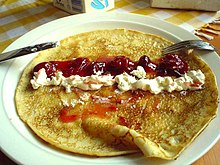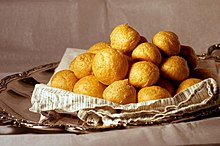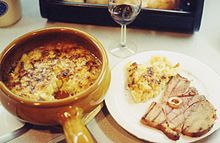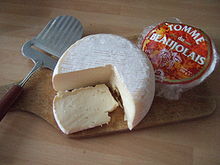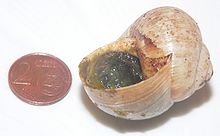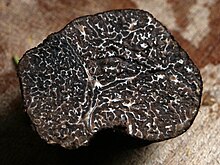Common dishes found on a national level
There are many dishes that are considered part of the French national cuisine today.[when?] Many come from haute cuisine in the fine-dining realm, but others are regional dishes that have become a norm across the country. Below are lists of a few of the more common dishes available in France on a national level.
Common bread


- Ficelle – a thin baguette
- Baguette
- Flûte – a thicker baguette
- Boule – a 'ball'
- Pain de campagne
- Pain de mie
Viennoiseries
|
See also: Viennoiserie |
- Chausson aux pommes
- Chouquette
- Croissant
- Pain au chocolat
- Pain aux raisins
- Pain viennois
Common desserts and pastries
|
See also: List of French desserts |


